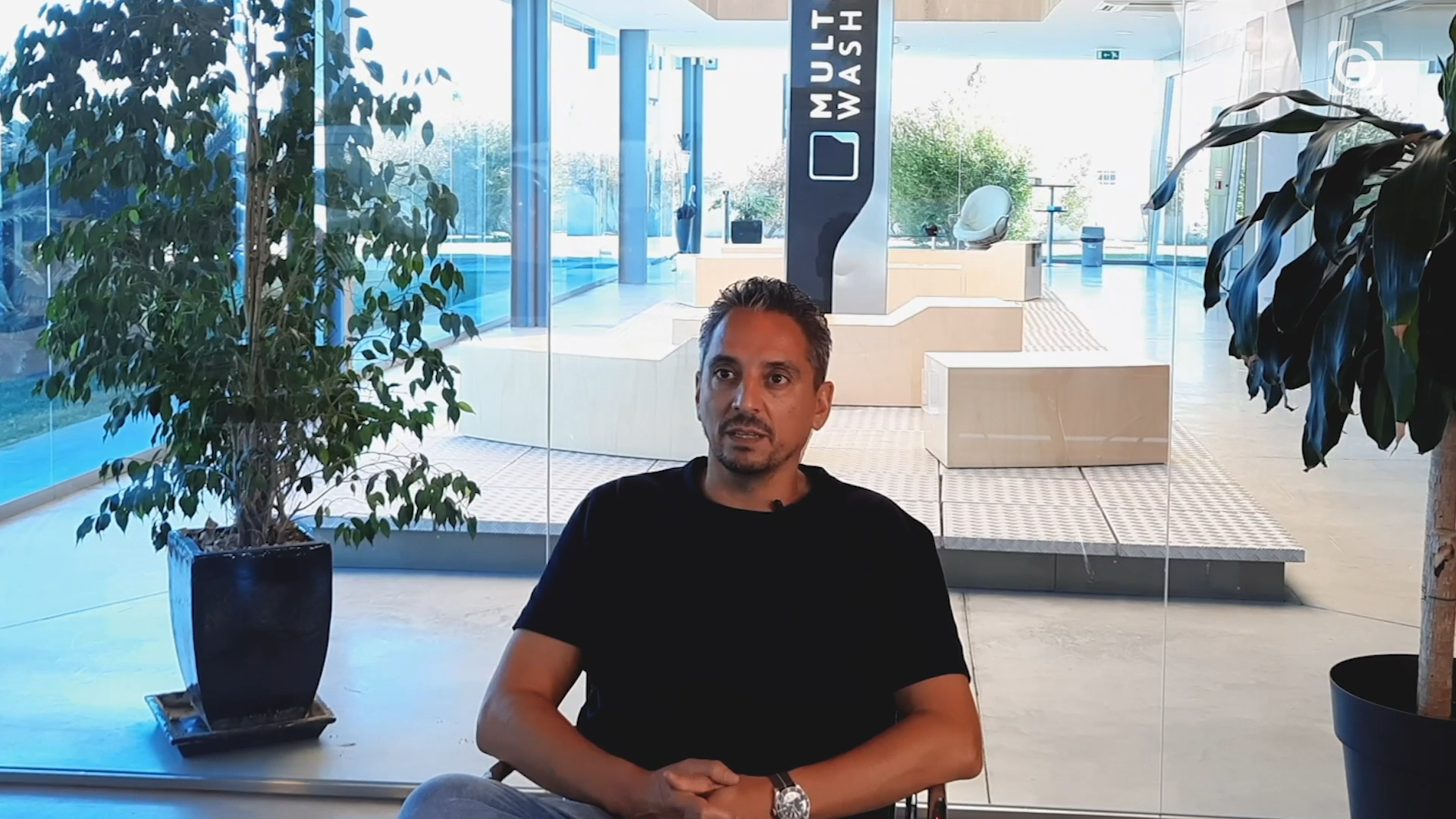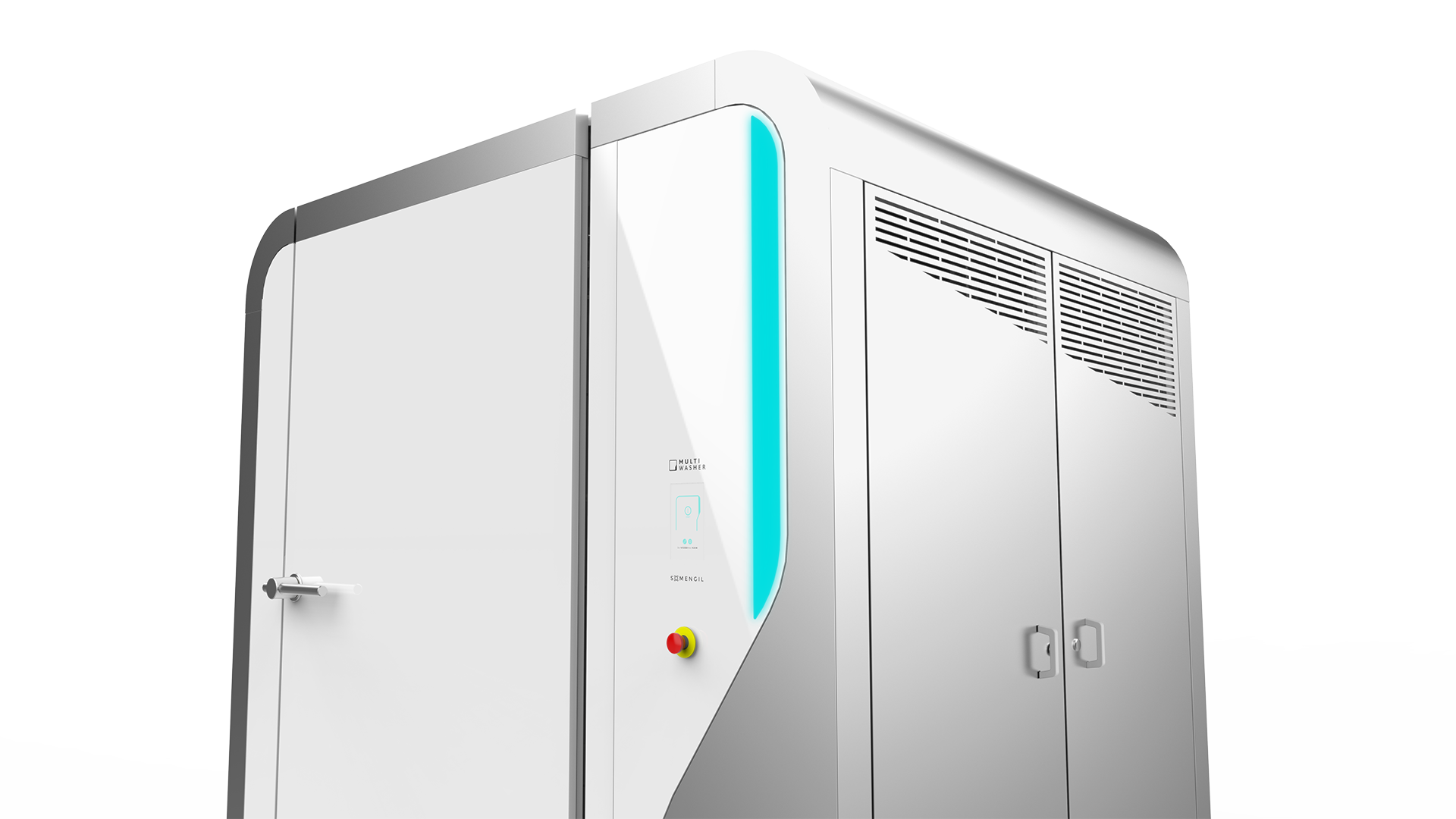Lavagem Industrial / Artigos
FMEA analysis: what it is, what it’s for and how to implement
FMEA analysis allows companies to detect critical failures before they happen. But what is it exactly and what are the major benefits for your organization?

 6 minutos de leitura
6 minutos de leitura
2022-04-21 13:13:03
When an airline makes headlines, it’s usually for the worst reasons. But when British Airways opened the news in May 2017, the world took note.
In an unprecedented announcement, the CEO of the UK flagship company first described the incident that cancelled 800 flights and affected 75,000 passengers with one word: “catastrophic.” Compensations for passengers totaled a cool £100 million, and that is not considering reputational damage and brand confidence. IAG’s shares, the group that owns BA, fell by 4% and the whole airline was down for almost two days.
The cause was not a natural disaster, a cockpit problem or a terrorist attack. It was a process failure and it just might have been avoided with a thorough FMEA analysis. But what is it exactly, what are its advantages and what is the most practical way to implement it?
What is FMEA analysis?
The FMEA analysis “Failure Mode and Effect Analysis” (or “Analysis of Failure Modes and Their Effects”) is a continuous improvement methodology that allows analysts to study possible failures before they occur, predict its consequences and implement improvement actions. It’s the answer to the question “If this component fails, what happens next?”
It was first deployed to plan military operations in the late 1940s. Since then, FMEA has been used to assess the reliability of systems in a variety of fields, such as Automotive sector, where it first made its name, to Aviation and Technology.
With British Airways, the fact that a single employee turned the check-in management system off and on again was enough to throw one of the world’s largest airlines into one of the worst crises in its history. It is impossible to know whether the FMEA analysis could have prevented it, but that is precisely what it was created for.
What is FMEA analysis for?
The aim of the FMEA analysis is to minimize the likelihood of a failure occurring by detecting and eliminating its root causes.
Consistently using FMEA eliminates failures, increases trust and increases customer satisfaction. It also encapsulates corporate knowledge by creating a history from previous experiences with similar products and processes. In this way, companies can reuse this information for future improvements.
Its application directly affects the results of any product, project and organization.
How do I implement FMEA?
FMEA Analysis should be performed step by step since each step is based on the previous one. These are the 10 stages to follow:
Analyze the current state of the process. Use a flowchart to map each step of the current process as-is and the components involved;
Brainstorm potential failure modes. Review existing documentation and data for clues about all the ways each component can fail;
List the potential effects of each failure. The effect is the impact that the failure has on the final product or subsequent steps of the process;
Assign a Severity score. Based on the severity of the consequences of the failure, define an expected impact. Assign a numeric value, from a scale of 1 to 10, where 1 has no impact and 10 is a cryptic failure with serious risks to the safety of employees and customers;
Assign a Frequency score. Repeat for the likely frequency of occurrence. A score of “1” means that it is very unlikely to happen and a “10” that has happened in the past, and most likely will happen again;
Set a Detection score. Answer the question “How likely are you to detect the failure before it happens?” on a scale of 1 to 10, 1 being very likely and 10 very unlikely;
Calculate the risk of each failure or RPN. To measure the risk and importance of each failure, simply multiply the Severity, Frequency and Detection scores. Each failure is associated with a Risk Priority Number (RPN), value that goes from 1 to 1000. The maximum value means the failure puts people at risk, and it is very likely to occur and difficult to detect;
Develop an action plan. Decide the failures that you should prioritize based on the RPN. For the ones with the highest priorities, define who will do what and when;
Implement improvements. Implement the improvements identified by your team;
Calculate the resulting RPN. Reevaluate each potential failure once improvements are complete, and determine the impact of the actions.
Based on the RPN of each failure, calculate a risk value per machine, production line, installation or even for the company as a whole. From the moment this data is available, managers can evaluate the evolution.
Somengil, continuous improvement for industrial washing
At Somengil, we believe in the principle that an imperfect improvement is better than deferred perfection.
Every day, we roll up our sleeves looking for new ideas to improve the performance of our equipment and make its performance as reliable as possible to protect the safety of all those who use it.
It was with this concern in mind that we developed Multiwasher, a state-of-the-art industrial washing equipment that allows any type of utensils to be washed with less consumption of detergents, water and energy. Besides efficiency, the concern with reliability and safety is what allows us to operate in industries as sensitive as food processing, healthcare or retail. See the Multiwasher in action firsthand in a webinar tailored to your needs.
Também pode gostar

Lavagem Industrial / ArtigosArtigos
Removing fat: How to do it practically
Removing fat is an especially challenging task in an industrial setting. However, there are ways to do it effectively and effortlessly. Find out...
Postado em 2023-06-01

Lavagem Industrial / ArtigosArtigos
What is industrial hygiene?
Industrial hygiene is an essential part of a happy, safe and productive workspace. But what exactly is this broad concept.
Postado em 2021-08-03

Lavagem Industrial / ArtigosArtigos
“History teaches us the importance of sustainability”
Tony Ventura, CEO of Somengil, shares his take on the role that environmental sustainability has played over nearly 20 years and how it will cont...
Postado em 2021-09-30






















 Português
Português English (UK)
English (UK) English (USA)
English (USA) Français
Français Español
Español Deutsch
Deutsch